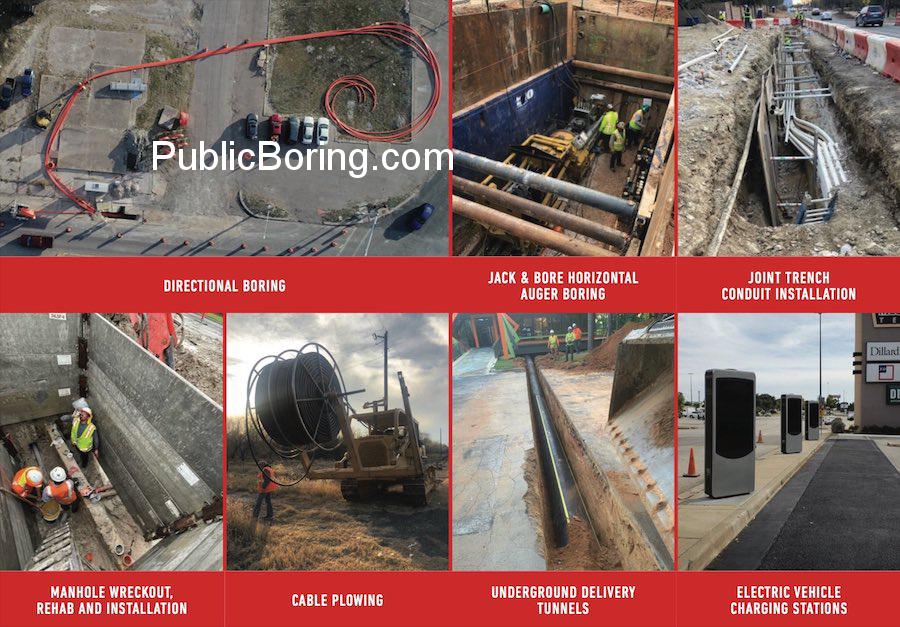Solar Farm Construction: A Comprehensive Guide to the Process and Services
Solar farm construction is a specialized endeavor that harnesses the sun’s energy, converting it into electricity on a large scale. The process requires careful planning, intricate execution, and collaboration among various stakeholders. Utilizing the provided terms, here is a detailed breakdown of the steps and services encompassed in solar farm construction:
- Initial Planning and Assessment:
- Construction Site Development: Potential sites for the solar farm are analyzed for feasibility, considering aspects like sun exposure, land gradient, and accessibility.
- Local LLCs & Corporation Collaborations: Various entities, from local companies to larger corporations, come together to pool resources, expertise, and funding.
- Government and Military Regulations: Ensuring compliance with local and federal regulations is crucial, especially if the project is near military areas, highways, or interstates.
- Site Preparation:
-
- Excavation and Landscape Rehabilitation: To ensure an optimal foundation for solar panels, excavation is performed. Post-construction, the landscape is rehabilitated to minimize environmental impact.
- Boring and Trenching: Boreable areas are identified, and trenches are dug for cables and utility connections. In some instances, horizontal boring or jack and bore methods might be employed.
- Hard Rock Challenges: In terrains with hard rock, specialized techniques and equipment may be required.
- Manhole Wreckout Installation: Manholes are placed to allow for utility connections and ease of maintenance.
- Infrastructure Setup:
-
- Ductbank Installation: A ductbank, housing multiple conduits, is installed to organize and protect underground electrical cables.
- Electrical Infrastructure: Ensuring a robust electrical connection is paramount. This might include setting up electrical substations, transformers, and switchgear.
- Outside Plant (OSP) Integration: OSP elements, like telecommunications and other utilities, are considered and integrated as necessary.
- Solar Panel Installation:
-
- Solar Panel Mounting: Using the best available techniques and equipment, solar panels are securely mounted on structures designed to capture maximum sunlight.
- Cable Plowing and Blowing Fiber: To ensure efficient data transmission and monitoring, cables and fiber connections are laid down.
- Safety and Emergency Protocols:
-
- Emergency Rescue and Protocols: With the vastness of solar farms and the inherent risks of construction, having emergency protocols in place is vital.
- Safety Infrastructure: This might include setting up safety barriers, warning signs, and emergency response units.
- Post-Construction Activities:
-
- Smart Cities and Utility Integration: Especially relevant for urban solar farms, integration with smart city utilities ensures optimized energy distribution and monitoring.
- Underground Delivery Systems: To protect and organize the vast network of cables and utilities, underground delivery systems are established.
- Special Services and Integration:
-
- Electric Vehicle Charging Stations: With the growing popularity of EVs, some solar farms might also incorporate EV charging stations, harnessing the produced solar energy.
- Wind Farm Collaboration: In hybrid energy projects, solar farms might work in tandem with wind farms, ensuring diversified energy production.
- Subcontracting and Collaboration:
-
- Subcontractor Engagement: Niche tasks within the broader project, like specific excavations or specialized electrical work, might be subcontracted to experts.
- Co-op Collaborations: Engaging with cooperative energy entities can foster shared resources, knowledge, and benefits.
In conclusion, solar farm construction is a multidimensional process that requires a harmonious blend of planning, engineering, and environmental considerations. By understanding its nuances and intricacies, stakeholders can ensure the successful deployment of sustainable, solar energy solutions for communities and businesses alike.


